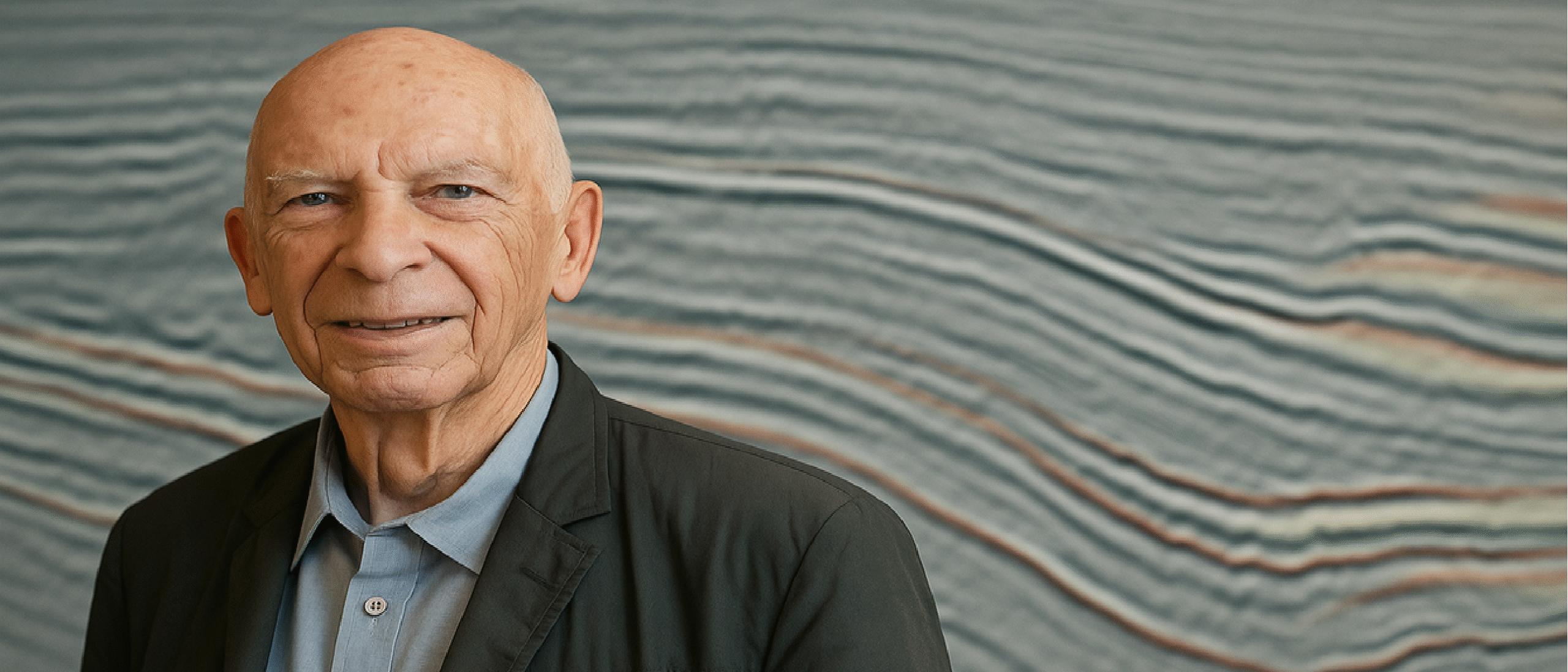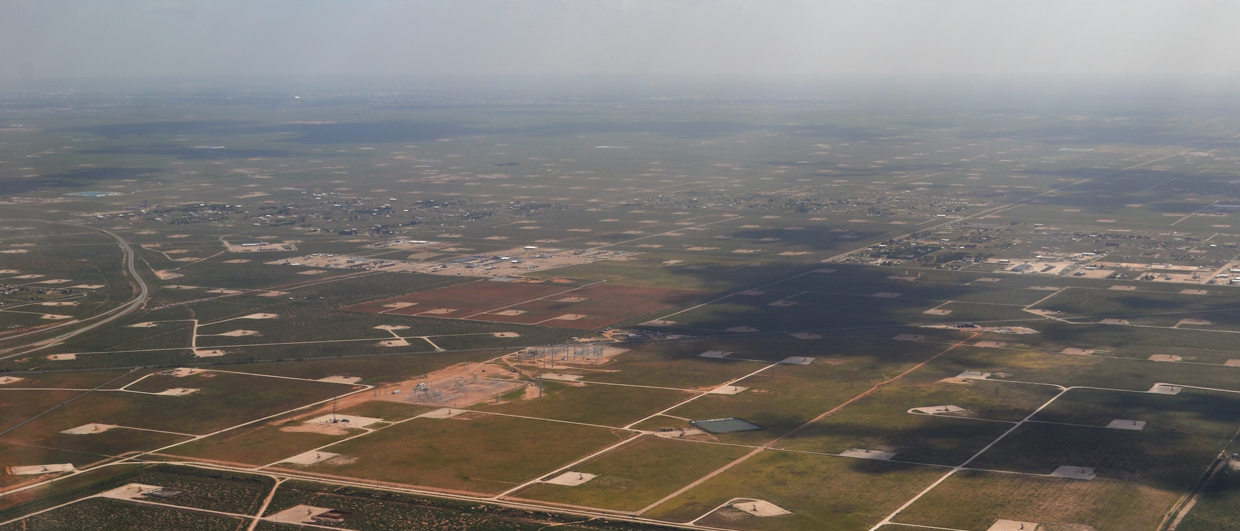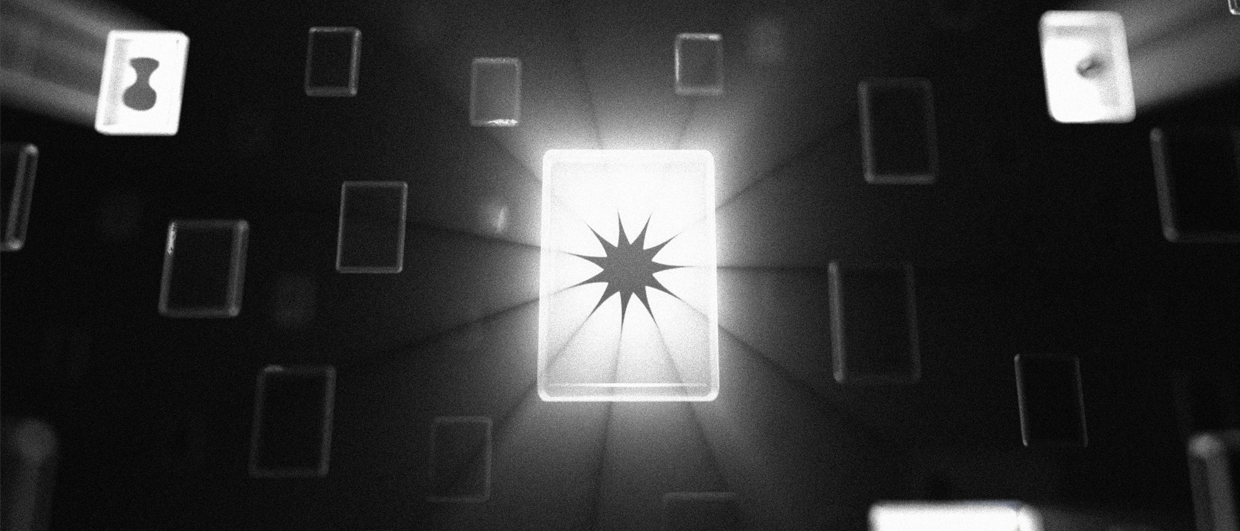“I was first introduced to the CoreDNA methodology a few years ago when the ‘Wombat’ machine was installed at Stratum’s facility in Sandnes,” says John Paul Cummings who joined recently Stratum Reservoir as their lead sedimentologist. We caught up with John during the latest DigEx Conference in Stavanger in April, where he and Christophe Germay from EPSLOG kindly offered a demonstration during the ice-breaker event.
The CoreDNA solution is core logging technology based on a multi-sensor approach deployable directly on fresh cores, enabling full digitalisation at a high-resolution, immediately upon barrel opening. The transdisciplinary dataset is generated in real time and integrated to identify rock facies fully objectively.
John is used to performing core logging, which ultimately has an interpretative element to it. He therefore became more aware of the need to add more objective continuous data to his logs in order to either back up his reasoning, suggest alternatives and simply add more information. “At the end of the day, there are always things the human eye can miss.”

Each 1 m core slab has grainsize data points every cm, with the possibility to overlay geochemical data from CoreDNA analysis for visualisation purposes.Grain Size Distribution Data
A step forward in that sense was the Grain Size Distribution data generated through laser scanning the fresh cut surface of the core during the CoreDNA analysis.
The rugosity of the core surface is closely linked to grain size, meaning that an algorithm can generate a continuous cm-scale GSD curve for the entire core. This curve records the p50/median grain size and its very high resolution means it can detect grading trends within sections and even individual cm-scale beds, that are impossible to capture at the scale of a sedimentological core description,” John explains.
Where are the hot plays across the NCS? Attend our Recent Discoveries Conference 8 & 9 June in Oslo and learn about the following exciting wells and fields from the operators themselves:
Toppand, Apodida, Røver Nord, Dugong Tail, Segment D, Hamlet, Talisker East, Rolvsnes, King/Prince, Warka, Wisting, Salina, Bask, Rødhette, Isflak, Snøfonn Nord, Skavl, Mugnetind, Lyderhorn, Gomez, Tyrihans Ile North, Bergknapp & Fenja.
In addition, there will be talks about frontier exploration in the Norwegian Sea, a debate on source rocks and implications on hydrocarbon generation and much more.
Digital grain size card
However, there are cases where the modal grain size is of more importance than the median grain size, for instance when working with weakly to non-cemented samples.
In order to produce a modal grain size distribution log, Epslog in partnership with Stratum Reservoir developed a method to apply a ‘digital grain size card’ overlay onto Ultra High Resolution photos (1.8μm per pixel). Pre-defined Wentworth scale grain size bins enable an assignment of a modal grain size suitable for use in a core description. “All before the sedimentologist has even thought about touching the core in person,” concludes John.

Additional data
The CoreDNA analysis also allows rock mechanic data and XRF elemental data to be displayed with grain size data in order to assign primary lithology and lithofacies data and to also aid in further investigating trends within the grain size data.
Furthermore, a rapid integration of the transdisciplinary data with unsupervised machine learning algorithms is performed to identify the different lithofacies and their characteristics to support the sedimentolgical description and to steer core analysis workflows before plugging and slabbing.
“As a sedimentologist, I will always encourage physical handling of the core,” John concludes. “Comparing it wet vs dry, looking at fresh surfaces and using different light sources. However, our automated workflow means that much of the time-consuming data capture element can be completed completely remotely, meaning time can be focused on the more subtle details in the core shed.”
HENK KOMBRINK
Get in touch with Christophe Germay @Epslog if you want to know more about the CoreDNA technique: christophe.germay@epslog.com, or with John Paul Cummings (john.cummings@stratumreservoir.com) or Jan Meltveit (jan.meltveit@stratumreservoir.com) at Stratum Reservoir.





